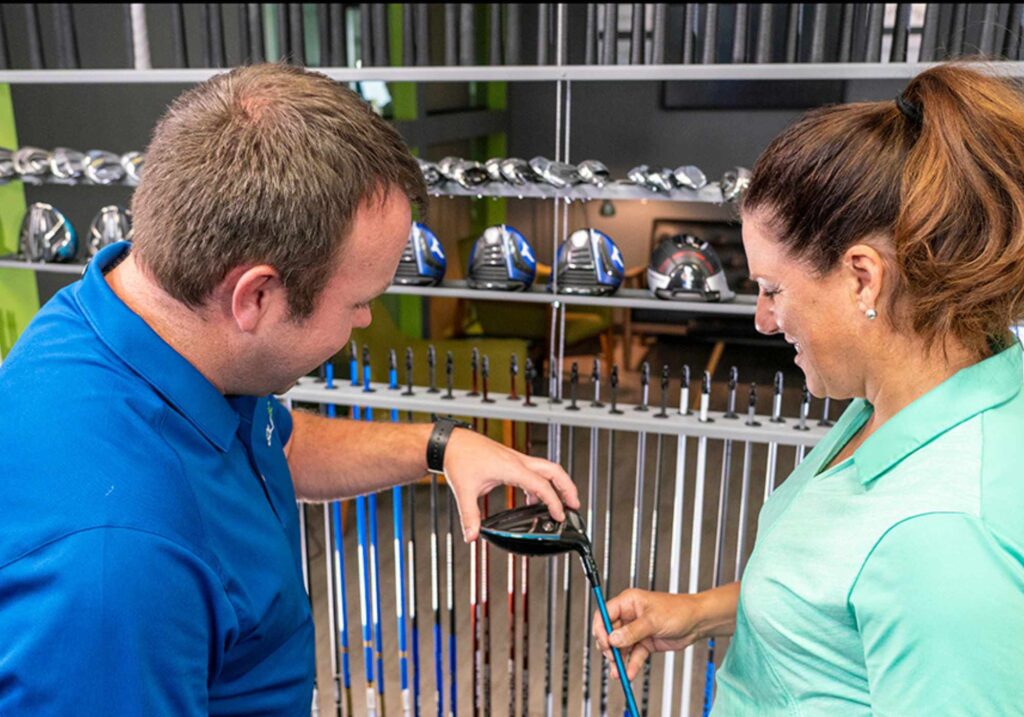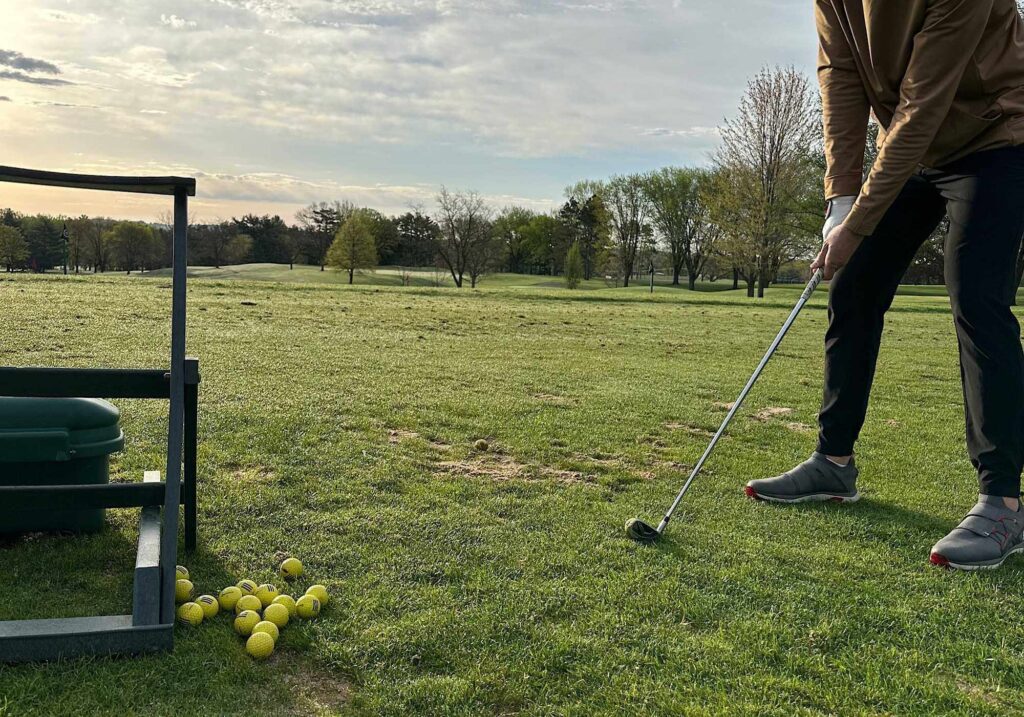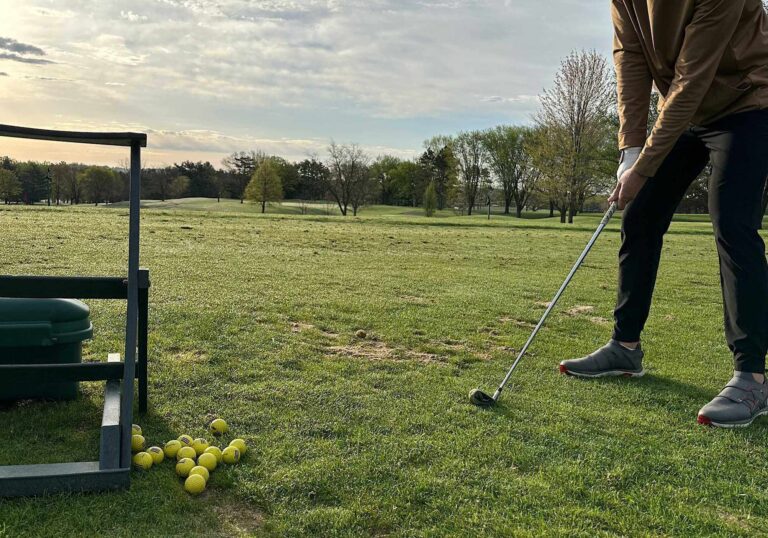If you’re just getting started in the game of golf, it can be a bit overwhelming. Which clubs should you buy? Should you take some lessons or just hit the range and figure it out? Should you get fit for your clubs? How much time should you spend practicing?
All are valid questions, and all are things I found myself thinking when I got into the game 14 years ago. Between then and now, I’ve learned a lot and come a long ways in terms of equipment and particularly practice habits.
I want you to start off on a better path than I did when I picked up the game, so take the following advice and get on path to playing your best golf as soon as possible.
Get Fit for Golf Clubs

This can be a hot topic when it comes to new golfers, but I am in the camp that getting fit for your equipment right off the bat will pay off in the long run when it comes to developing your golf game. The argument that you should wait until after you take lessons doesn’t sit with me. The equipment you play should fit your swing now, not the swing you’re hoping to someday achieve.
When I started playing, I had a hand-me-down set of clubs that ultimately did not fit me at all. While these were great beginner clubs, everything was standard in regards to loft, length and lie. I am 6’4″, and through a fitting TEN YEARS after I started playing, found out I needed clubs that were an inch over standard with 2 degrees of upright lie. I struggled for years to hit the ball well with irons, and I saw an immediate improvement after being fit (I had gone through three different sets of irons in that time frame).
The other aspect of fittings are shaft selections. I was playing the wrong weight and flex shaft, which made my ball striking more consistent once into a proper shaft. Yes, your swing will change over time. And with it, you can get things like loft and lie adjusted as you go for a pretty affordable cost.
NOTE: Getting fit for clubs does not mean you have to purchase brand new. Head to a demo day or your local shop to get your fitting specs. With that information, you’ll know what to look for when shopping a used set if you want to go that route starting out.
Work with a Coaching Professional

YouTube instructional videos are a dime a dozen. What YouTube cannot do is watch your swing and tell you what you need to fix. I played for years just trying to figure it out on my own, and guess what? I never got better. One flaw would improve and then a new one would pop up. Then that flaw would improve and the old one would come back. I never knew what I was doing or what I was trying to fix. I was just guessing, then watching the latest YouTube video on how to fix a slice.
By working with a pro, you have someone who knows exactly what to look for in your swing and drills you can perform to fix it. The beauty of lessons is that there are multiple ways to go about it. If you can’t afford in-person coaching with your local pro, check out the Skillest app. I’ve been working with a coach there for the past six months and have seen great improvement in my swing mechanics. Pricing varies, but many coaches have very affordable rates. If you thrive off hands-on coaching, find an area coach that fits your budget and set up a lesson plan. I promise this will get you on your way to improved scores.
Purchase the Right Equipment

Bottom line, new golfers need all the help they can get from their equipment. Unless, of course, you’re someone who has the innate ability to hit a golf ball naturally (no one likes you…..just kidding, sort of). Look for clubs that are as forgiving as possible. Game Improvement irons, “max” model woods that offer better forgiveness and stability on mishits, etc. The game of golf is supposed to be fun, and equipment that helps promote fun matters. As you improve, you can work your way into clubs that fit your skill set.
Practice, Practice, Practice!

The more you practice, the more consistent your swing will become. When I started playing, the only time I’d hit the range was before a round. This hardly ever resembled practice, either. It was dumping out a bucket of balls, hitting one, and then raking another over. Rinse and repeat. There is a major different in hitting balls on the range and practicing on the range.
We’ve already discussed working with a coach, so when you head to the range to practice spend a portion of your time working solely on the drills your coach has given you. From there, you can move into full swings. Pick a target on the range and hit to that target instead of aimlessly sending balls down the range.
Yes, there are times where smashing balls on the range on repeat is therapeutic. However, specific sessions to work on skill improvement are vital to improving at a quicker rate when you start out.
Take Action
With these tips in mind, you’ll be prepared to start your golfing journey off on a better foot than I did. Find what works for your game, find a coach that fits your personality, and get after it. You’ll see those scores drop – and enjoy playing the game more – in no time.
